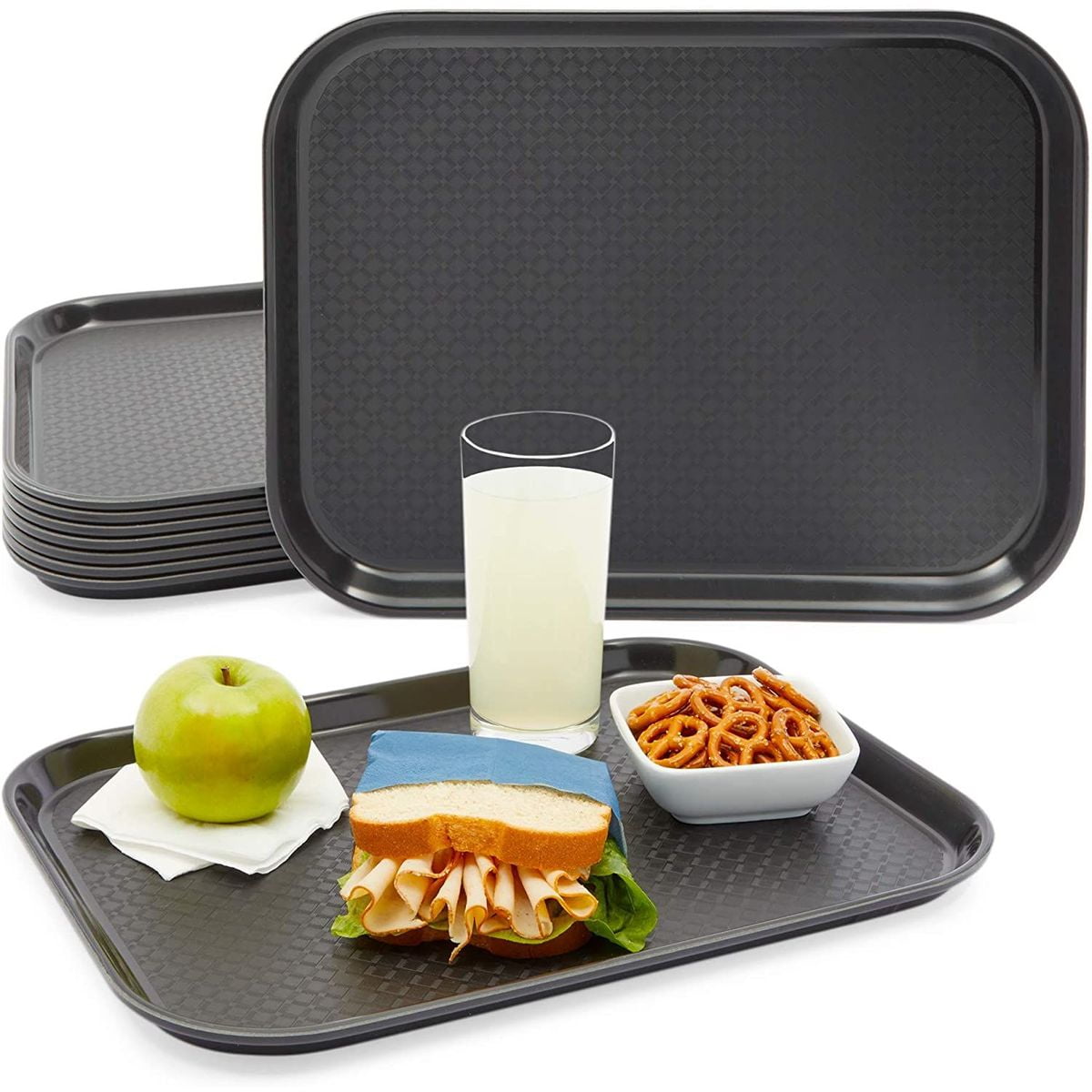Food service trays play a crucial role in the seamless operation of various industries, from healthcare to hospitality. These versatile tools enhance efficiency, promote hygiene, and cater to diverse needs. Join us as we explore the fascinating world of food service trays, delving into their types, features, and applications.
From the bustling kitchens of hospitals to the elegant dining rooms of restaurants, food service trays serve as indispensable companions, ensuring the safe and efficient delivery of meals.
Cleaning and Maintenance of Food Service Trays

Maintaining proper hygiene standards is paramount in food service operations, and food service trays play a crucial role in ensuring food safety. Regular cleaning and maintenance of these trays are essential to prevent the spread of bacteria and maintain a sanitary environment.
Proper Cleaning Procedures
- After each use, trays should be promptly scraped to remove food debris and rinsed thoroughly with hot water.
- Trays should then be washed in a commercial dishwasher using a sanitizing detergent to eliminate harmful bacteria.
- The water temperature in the dishwasher should be maintained at or above 180°F (82°C) to ensure proper sanitization.
- After washing, trays should be air-dried or towel-dried to prevent the growth of mold and bacteria.
Sanitization, Food service trays
Sanitization is a critical step in the cleaning process as it eliminates bacteria and other microorganisms that can cause foodborne illnesses. Using a sanitizing detergent in the dishwasher ensures that trays are disinfected and safe for reuse.
Storage
When not in use, food service trays should be stored in a clean, dry, and well-ventilated area to prevent contamination and the growth of bacteria. Trays should be stacked vertically to allow for proper air circulation and to prevent moisture accumulation.
Applications of Food Service Trays

Food service trays find versatile applications across diverse industries, catering to specific needs and enhancing operational efficiency. Their primary use involves serving food and beverages in various settings, but innovative applications extend their functionality beyond traditional roles.
Healthcare
- In hospitals and nursing homes, trays facilitate the distribution of meals to patients, ensuring nutritional support and convenience.
- They serve as a means to transport medical supplies, equipment, and medications, aiding healthcare professionals in providing timely and efficient patient care.
Education
- Schools and universities utilize trays to serve meals in cafeterias, promoting healthy eating habits and reducing food waste.
- They can be repurposed as writing surfaces or art palettes, fostering creativity and collaboration in classrooms.
Hospitality
- In restaurants, cafes, and hotels, trays are essential for serving food and drinks to customers, enhancing the dining experience.
- They are employed as room service trays, providing guests with convenient in-room dining options.
Innovative Uses
- Mobile workstations: Trays can be transformed into portable workspaces, complete with compartments for laptops, documents, and accessories.
- Display stands: Trays can be repurposed as eye-catching display stands for products, brochures, or promotional materials in retail stores or trade shows.
Essential Questionnaire
What are the most common materials used in food service trays?
Plastic, metal, and wood are the most commonly used materials for food service trays.
What are the key features to look for when choosing a food service tray?
Non-slip surfaces, handles, and compartments are essential features to consider.
How often should food service trays be cleaned?
Food service trays should be cleaned and sanitized after each use to prevent the spread of bacteria.

